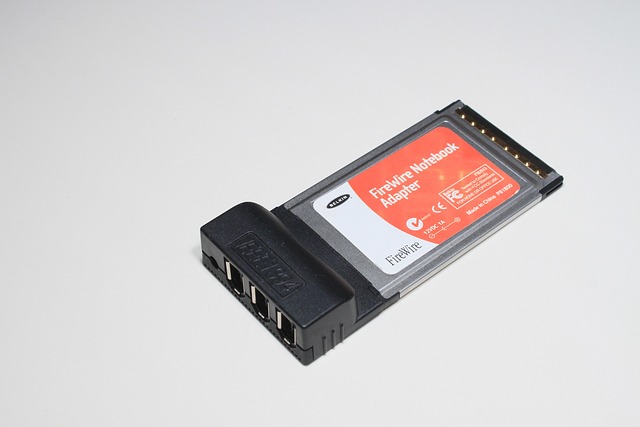In the dynamic realm of informational technology, the IEEE 802.11 standard holds a transformative influence that cannot be overstated. Commonly known as Wi-Fi, IEEE 802.11 has redefined how networks operate, enabling seamless connectivity and innovative applications in both personal and professional environments. By embracing this standard, organizations have been able to enhance their IT frameworks and streamline operations like never before.
The rise of IEEE 802.11 has ushered in an era of wireless communication that transcends traditional wired networks, fostering an environment where mobility and flexibility reign supreme. Employees can now access information on-the-go, allowing for greater productivity and collaboration. Imagine a bustling office where team members can effortlessly connect to the internet from anywhere—not just across the room, but in cafes, parks, or while traveling. This shift has fundamentally reshaped the workplace, making it more adaptable to the needs of a modern workforce.
Moreover, the enhancements brought about by various iterations of IEEE 802.11, such as 802.11n, 802.11ac, and the latest 802.11ax (Wi-Fi 6), have significantly increased bandwidth capacity and speed. With more devices connected than ever before, the demand for robust internet connections has surged, challenging IT professionals to keep their networks optimized. The agility of IEEE 802.11 allows organizations to scale their networks effortlessly, accommodating new devices as the Internet of Things (IoT) continues to expand its grip on our lives.
Security remains a critical concern in the world of IEEE 802.11, prompting advancements in encryption protocols like WPA3, ensuring that sensitive data remains protected in transit. This focus on security is paramount as cyber threats grow increasingly sophisticated, thereby maintaining user trust in wireless networks. IT departments now have a wealth of tools at their disposal to implement stringent security measures while still benefiting from the inherent flexibility of wireless connectivity.
The pervasive nature of IEEE 802.11 isn’t confined to office environments; it extends to smart homes, educational institutions, and smart cities, driving technological growth across various sectors. Schools leverage Wi-Fi to enhance learning experiences, offering students access to online resources that help foster engagement and creativity. Smart cities utilize IEEE 802.11 to facilitate communication between devices, enhancing public services and improving the overall quality of urban life.
As we look to the future, the role of IEEE 802.11 in shaping IT networks continues to evolve. Emerging technologies like 5G are interacting with Wi-Fi standards, creating hybrid networking environments that further blur the lines between wired and wireless solutions. IT professionals must remain adaptable, continually learning the nuances of this landscape to harness the full potential of IEEE 802.11 in their organizations.
In a world driven by connectivity and rapid advancements in technologies, the impact of IEEE 802.11 on modern IT networks is profound. This standard has not only shaped how we communicate but also how we collaborate, innovate, and solve problems. As organizations continue to navigate this complex landscape, understanding and leveraging the capabilities of IEEE 802.11 will remain pivotal in advancing their informational technology strategies.

